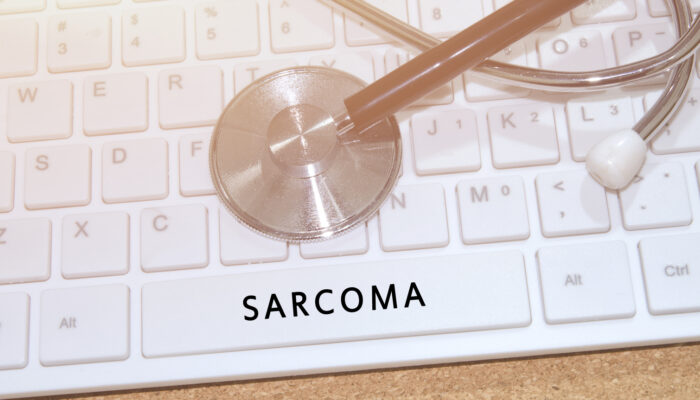
Treatment options for dyskinesia in Parkinson’s disease
The involuntary movement which we cannot control is known as dyskinesia. There is no limit to how much dyskinesia can affect the body. The condition could affect just one part of the body or could even go to the extent of affecting the whole body. The intensity of dyskinesia can range from mild to moderate to severe. The condition can also become extremely painful and interfere with the everyday activities of the individual. In addition to that, the frequency with which it occurs and the times at which it occurs also remains irregular.
This condition is often seen in people with Parkinson’s disease. The condition occurs because the individuals suffering from Parkinson’s disease take the medication of levodopa. If this medication is being administered or taken in higher quantities or if the medication has been in use by the individual for a very long time, then dyskinesia occurs.
The different treatment options for dyskinesia and tremors available for people experiencing this condition are as follows:
Altering the dosage of levodopa being consumed
Levodopa is a medication that increases the amount of dopamine in the brain. This is taken as a treatment option for Parkinson’s disease. In this condition, the level of dopamine reduces and the limb movement doesn’t happen smoothly because of it. When the patient consumes levodopa, the amount of dopamine in the brain goes up. The levels of dopamine then drop down as the effect of the medication wears off. This up and down of dopamine levels could cause dyskinesia in the patient.
Therefore, the treatment option for dyskinesia and tremors would be to lower the amount of levodopa being consumed by the patient. The challenge here, however, is to lower the amount of medication only to reduce the symptoms of dyskinesia in a way that the dosage being consumed is still effective enough to treat the symptoms of Parkinson’s disease. Either the levels can carefully be fine-tuned by the doctor or other medication can be added to the mix for the sake of the treatment.
A different treatment option for dyskinesia and tremors would be to take the extended-release form of levodopa. The medicine in this scenario would release the medication at a much slower pace into the blood and the levels of dopamine would be kept more steady.
Amantadine
The medication used to treat the problem of dyskinesia in Parkinson’s disease is Amantadine. This medicine can help in the reduction of symptoms such as stiffness and shaking.
This medicine is further available in two forms. The extended-release version of this medication is known as Gocovri. It would release the medicine at a much slower pace when compared to its normal version and keep the levels of the medicine in the blood steady. The dosage of the extended-release version would be one capsule a night. Another extended-release form is called Osmolex ER. This can be taken once a day in the morning time.
Whatever the situation is, if a symptom arises due to an existing condition, the first course of action should be to consult the doctor. Doctors would be able to adjust the dosage or prescribe new medication to efficiently solve the problem.



